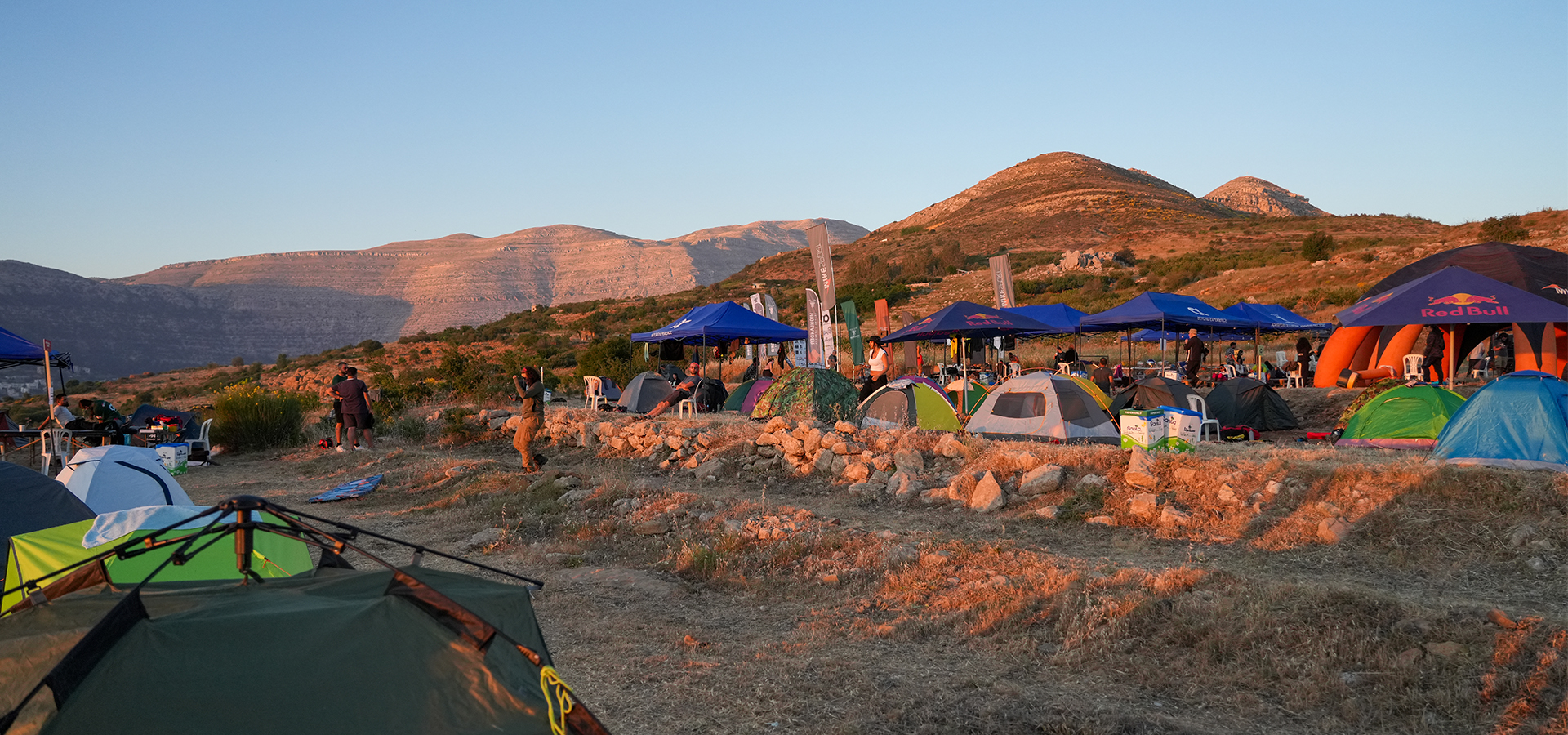
“Mushrooms Initiative Lebanon” A participatory inventory to document wild mushroom species in Lebanon, let’s all contribute!
- November 30, 2020
- 0
Prepared by Dr. Rana El Zein and Romy Azar
Cover Photo Kfarhabou, Danniyeh. Nov. 2018 Image Credits Michel Sawan
Lebanon is distinguished by a rich and unique biodiversity harbored in a mosaic of landscapes (mountain ranges, plains, coast, valleys, river basins…). While plant and animal diversity are being well documented, mushroom diversity remains poorly investigated.Mushrooms (or Fungi) are not less important than plants and animals in nature. They are the recyclers of life within natural ecosystems!
Mushrooms decompose organic (complex) matter into (simple) mineral elements that they absorb to feed on. By doing so, they endlessly recycle matter and energy that will be used over and over by all living organisms (plants, animals, bacteria…) ensuring the perpetuity of life. As well, mushrooms establish a diversity of interactions with other living organisms. For example, mycorrhizal* mushrooms establish a mutually beneficial interaction with plants, exchanging nutrients and protecting each other against aggressors and stresses. This interaction is vital for forest trees that say it loudly: I’ll never grow without my fungal partner!
* To know more about mushrooms, read our previous articles:
TURN YOUR NEXT HIKE INTO A WILD MUSHROOM HUNT!
VOYAGE INTO THE MARVELOUS WORLD OF MUSHROOMS IN THE WOODS
Given their ecological importance and the growing interest in wild mushroom species, Rana El Zein (PhD in Plant and Forest Biology) and Romy Azar (MS in Environmental Sciences) launched The Mushroom Initiative Lebanon (MIL) to document wild mushroom species in Lebanon.
The inventory of mushroom species will be achieved through a participatory approach joining the efforts of the scientific community, nature lovers, mushroom amateurs and hikers.
The MIL aims at building a data base for mushroom species in Lebanon that will be accessible to the scientific and the general public. This database will be a portal for more knowledge and research about mushroom species in Lebanon.
How can you help us?
- Photograph Mushroom species encountered during your hiking and nature trips.
- Note the location & the altitude; describe the habitat (i.e. forest, open field, roadside, river basin etc.) and the surrounding vegetation (i.e. cedars, oak, pine, grasses etc.) for each encountered mushroom species.
- Post photos of your mushroom findings on the Facebook group Mushrooms of Lebanon & Levant, to identify the species with the help of mushroom experts, while providing the following information: Location, Altitude, habitat type, surrounding vegetation and date of observation.
- Share with us the high-resolution photos and information to fill the database directly or via “WeTransfer” on this email address: mushroom-initiative-lebanon@hotmail.com
Here are some tips to photograph mushroom species:
Step 1: Identify the perfect specimen to be captured
Choose individual representative of the species, i.e. mature, undamaged and showing all the morphological traits of the species. The specimen to be captured should be in its optimal growth stage (avoid too young & old decaying specimens).

(Aïn Zhalta Cedar Forest, Nov. 2020. © Rana El Zein)
Step 2: Taking photographs of the mushroom specimens
- Take a photo showing the general view of the mushroom(s)
- Take a closer photo showing completely one individual mushroom
- Take close-up photos showing Mushroom details (the upper and underside of the mushroom (cap & gills/pores). You can perform a longitudinal cut if needed to visualize the details of the underside.
PS: Do not forget to add these details to your photos and posts: Location, altitude, habitat, surrounding vegetation and date.
Here are some examples!



PS: Authorship and photography credits will be referenced.
We will be looking forward for your contribution to build together knowledge about wild Mushrooms in Lebanon!!
Be sustainable in your mushroom foraging, do not scrub the soil thoughtlessly, do not harvest young immature specimen and do not collect more than your needs.
Follow the mushroom platforms on social media:
Facebook: Fungi In Lebanon, Mushrooms of Lebanon and Levant
Instagram: fungiinlebanon











